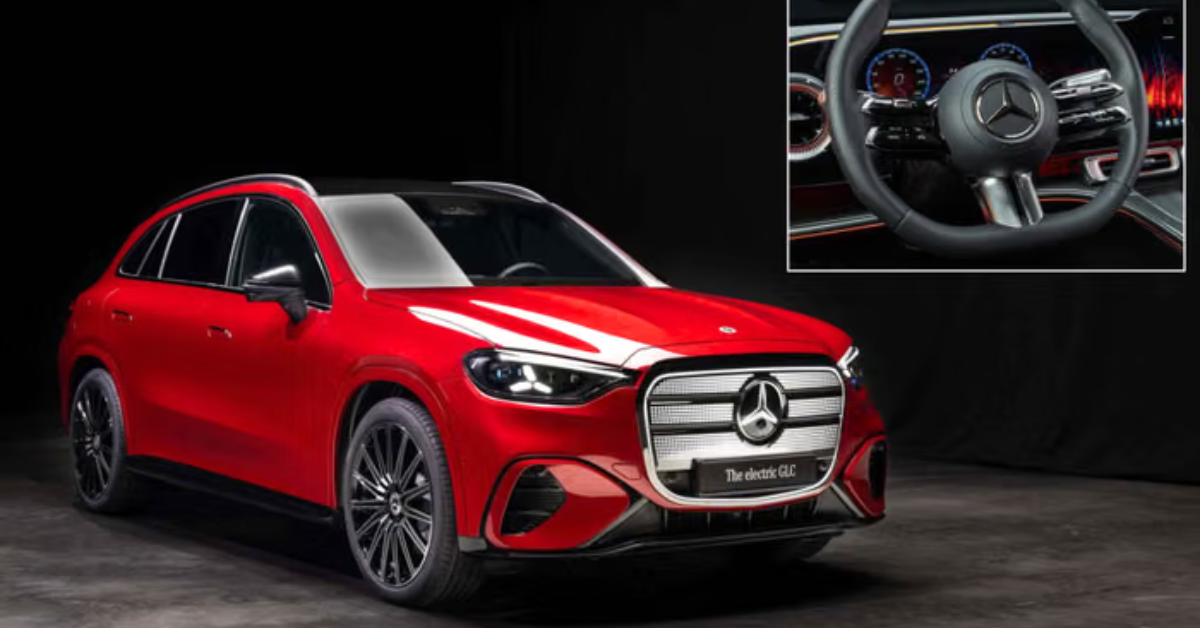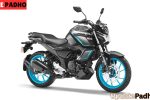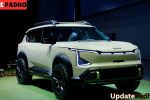Mercedes-Benz, renowned for its luxurious and technologically advanced vehicles, is reconsidering the shift towards fully touchscreen controls. The German automaker has announced plans to bring back physical buttons in both current and upcoming models, blending traditional usability with modern tech.
This move comes after feedback from customers and automotive critics who found excessive reliance on touchscreens less intuitive, especially while driving. By reintroducing tactile controls, Mercedes aims to enhance driver safety, convenience, and user experience.
Why Physical Buttons Matter
Over the last decade, Mercedes, like many automakers, transitioned to minimalist interiors dominated by large digital screens. While visually appealing, the lack of physical controls created challenges:
- Distracted Driving – Accessing functions through touchscreens often required drivers to look away from the road, increasing risk.
- Complex Menus – Digital menus for climate control, audio, or vehicle settings can be cumbersome to navigate while driving.
- User Feedback – Many customers prefer tactile feedback when adjusting temperature, volume, or seat settings.
Physical buttons provide instant, intuitive control, reducing the learning curve and improving safety during daily driving.
What Mercedes Plans to Change
Mercedes has indicated that current models will see retrofitted physical buttons in certain controls, while future models will feature a hybrid approach combining digital screens with tactile switches. Key changes include:
- Climate Control – Physical knobs for temperature and fan speed for faster adjustments.
- Audio and Infotainment – Dedicated volume knobs and shortcut buttons for media and navigation.
- Driving Modes – Easy-access switches for sport, comfort, and eco modes.
- Seat and Comfort Controls – Buttons for seat heating, cooling, and memory presets.
This approach ensures drivers can interact with critical functions without constantly looking at the screen, making driving more intuitive and safer.
Customer Feedback Drives the Change
The decision to bring back physical buttons stems largely from customer and market feedback:
- Many owners of recent touchscreen-heavy Mercedes models expressed frustration with digital-only controls.
- Luxury car buyers expect premium usability, including tactile and ergonomic interactions.
- Automotive reviewers highlighted that touchscreen-only systems can be distracting, particularly in urban traffic or during long drives.
Mercedes is responding to these concerns, emphasizing a user-centric design philosophy while maintaining technological innovation.
Impact on Current Models
For existing Mercedes vehicles, retrofitting or minor redesigns are expected for:
- C-Class and E-Class – Climate and audio controls may receive physical buttons in higher trims.
- S-Class – Combination of touchscreen and tactile buttons to balance luxury and usability.
- SUV Models (GLA, GLC, GLE, GLS) – Critical functions like media, seat comfort, and drive modes will likely gain dedicated physical controls.
These updates may be introduced gradually via facelift packages, optional kits, or new trim levels, ensuring that current owners also benefit from improved usability.
Future Model Design Philosophy
Mercedes’ future models are expected to adopt a hybrid control layout, combining:
- Digital Screens for Infotainment and Navigation – Large high-resolution displays for visuals and entertainment.
- Physical Controls for Key Functions – Buttons and knobs for frequently used features, improving ergonomics and accessibility.
- Haptic Feedback Integration – In some cases, touchscreens will include tactile or haptic feedback to simulate button presses.
This strategy reflects a balanced approach between modern design aesthetics and functional practicality, ensuring that vehicles remain luxurious, intuitive, and safe.
Why This Move Matters for the Automotive Industry
Mercedes’ decision could influence other premium automakers who have heavily invested in touchscreen-dominated interiors:
- User-Centric Design Trend – Safety and usability may become more prioritized in future luxury cars.
- Hybrid Control Layouts – A combination of tactile and digital controls may become the norm, rather than fully minimalist dashboards.
- Market Response – Positive reception could encourage competitors to rethink touchscreen-only interfaces, especially in luxury segments.
This reflects a shift in automotive design philosophy, balancing technology with human-centered ergonomics.
Benefits for Drivers
Reintroducing physical buttons brings several benefits:
- Improved Safety – Less distraction while driving, especially in complex traffic situations.
- Enhanced Convenience – Quick access to frequently used functions without navigating digital menus.
- Premium Experience – Tactile feedback complements luxury interiors, reinforcing a high-end feel.
- Customization and Ergonomics – Drivers can easily interact with functions without changing focus from the road.
Luxury car owners often prioritize comfort, usability, and intuitive design, making this move particularly relevant.
Challenges and Considerations
While the move is welcome, Mercedes must address certain challenges:
- Maintaining Modern Aesthetic – Designers must integrate buttons without cluttering interiors.
- Technological Integration – Buttons should seamlessly work with digital systems, including infotainment and advanced driver assistance systems (ADAS).
- Global Consistency – Mercedes operates in diverse markets; updates must meet regional safety, design, and tech standards.
A careful balance of aesthetics, ergonomics, and technology will determine the success of this reintroduction.
Looking Ahead
Mercedes’ decision to bring back physical buttons signals a return to user-focused design in an era dominated by touchscreens. For car buyers, this move represents:
- Enhanced driving experience – Less distraction, more control
- Practical luxury – Functional design that complements advanced technology
- Innovation with usability – Maintaining modern tech while addressing real-world usability
The move is expected to reinforce Mercedes’ reputation as a brand that listens to customer feedback and adapts its vehicles accordingly.
Final Thoughts
The reintroduction of physical buttons in Mercedes cars is a smart blend of modern innovation and traditional usability. By combining tactile controls with touchscreen technology, Mercedes ensures:
- Safer driving experiences
- Enhanced comfort and convenience
- Luxury interiors that remain functional
As current models receive updates and future vehicles adopt this hybrid control philosophy, Mercedes reinforces its commitment to driver-centric design.
For luxury car buyers, this signals that a Mercedes is not just about technology—it’s about practical, safe, and enjoyable driving experiences.



